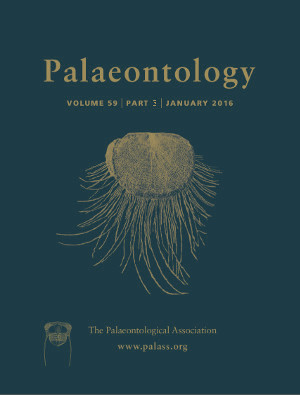Reg. Charity No. 1168330

The process of soft‐tissue phosphatization (the replication of labile tissues by calcium phosphate) is responsible for many instances of high‐resolution soft tissue preservation, often revealing anatomical insights into the animals that so preserved. However, while much work has gone into exploring key issues such as biases and micro‐controls, phosphatization remains poorly understood as a taphonomic process. Here, using camera lucida, plain‐light microscopy and SEM imagery, we address this issue by describing the taphonomy and fidelity of the musculature of Rollinschaeta myoplena Parry et al., a phosphatized annelid from the Cretaceous Konservat‐Lagerstätten of Hakel and Hjoula, Lebanon, with an unprecedented quantity of three‐dimensional soft‐tissue preservation. Analysis highlights two strong, previously recognized biases affecting the process of phosphatization: (1) a taxonomic bias restricted to R. myoplena that triggers unusually extensive phosphatization; and (2) a tissue bias whereby longitudinal and parapodial musculature show markedly higher fidelity in comparison to the musculature of the intestine and body wall circular muscles. Potential explanations for these biases include internal phosphate‐enrichment by relative muscle density, the relative rate of decay and the physiology of musculature. Incongruence between experimental decay series for polychaetes and the prevalence of labile tissue preservation over recalcitrant tissues in R. myoplena exposes the limits of decay experiments for understanding exceptional preservation.